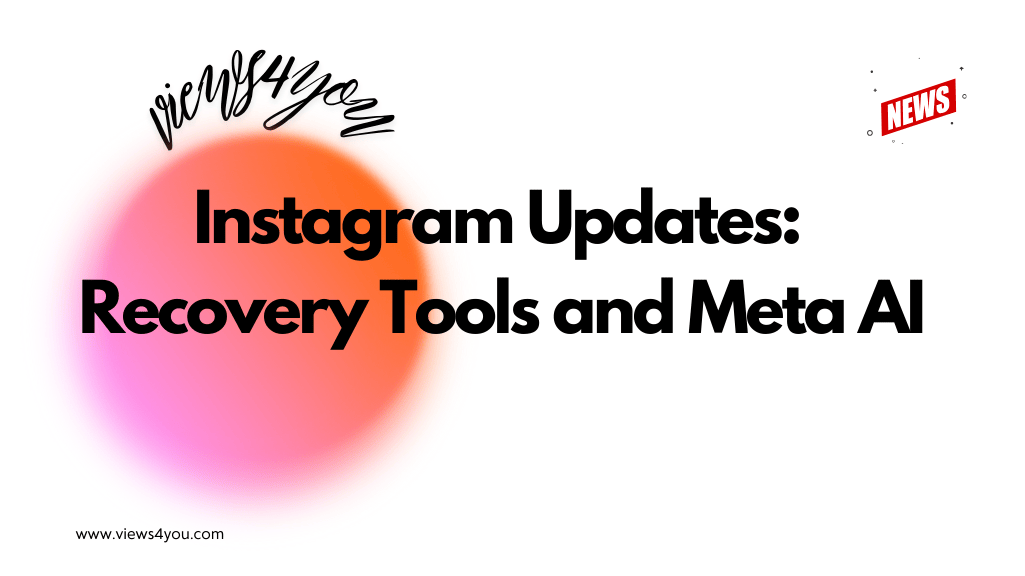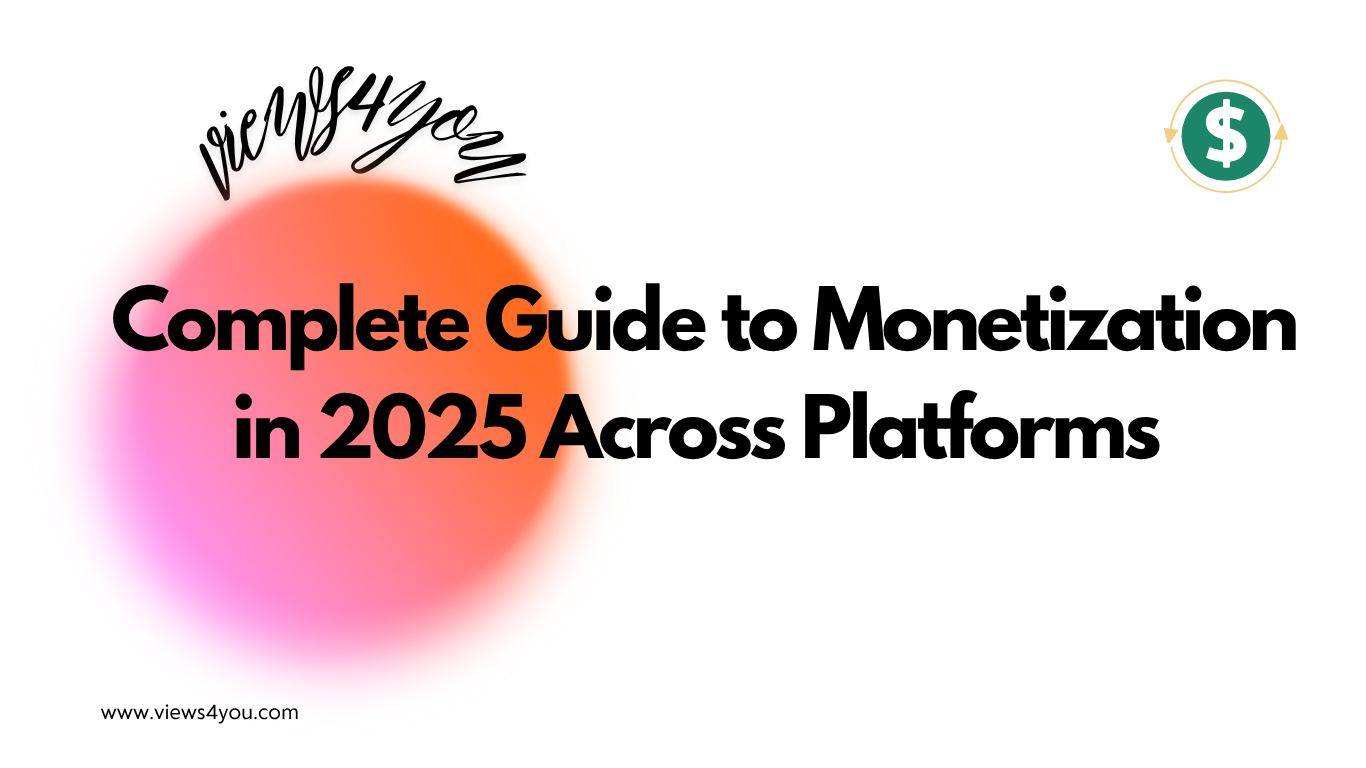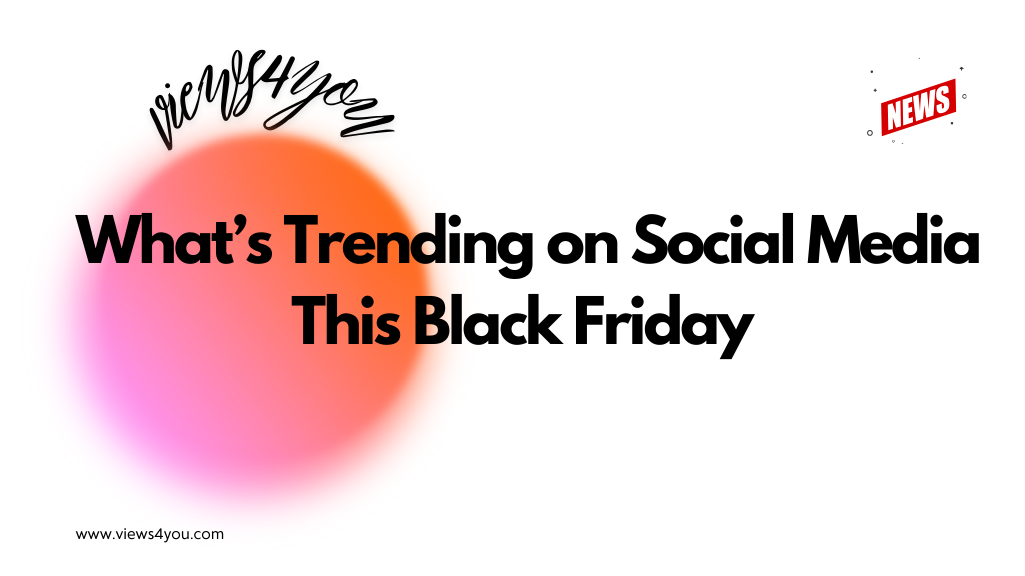Small businesses can succeed on Facebook by targeting the right audience, using creative ad formats, tracking performance with Facebook Pixel, optimizing campaigns through Insights, and expanding reach via Lookalike Audiences. Gradual scaling and retargeting improve conversions and maximize ad ROI.
Facebook advertising has transformed the way small businesses reach customers. You don’t need a massive marketing budget to compete. Instead, the right mix of strategy, creative execution, and ongoing refinement can help even the smallest business stand out. The secret lies in understanding who you’re speaking to, crafting ads that resonate, and adapting as you learn from performance data.
Know Your Audience Before You Spend
Every great campaign starts with knowing exactly who you want to reach. Picture your ideal customer. Are they local or global? Do they browse Facebook during lunch breaks or late at night? The more specific you are, the better your targeting will be.
Accurate targeting alone isn’t enough; you need to measure how your audience reacts. Tools like the Facebook Pixel track what people do after clicking an ad. Did they make a purchase, sign up for your mailing list, or abandon their cart? This information allows you to adjust both audience targeting and messaging, so your budget is focused on strategies that actually convert.
Design Ads That Make People Stop Scrolling
A Facebook ad gets only seconds of attention, so it needs to stand out visually and emotionally. Use high-quality images or short, engaging videos that reflect your brand personality. Headlines should be concise but powerful, sparking curiosity or offering clear value.
Different ad formats work for different goals. Carousel ads are perfect for showcasing multiple products or services, while video ads help tell your brand story. Testing multiple versions with slight changes in visuals or copy reveals what resonates most. Small tweaks can make a significant difference in click-through rates and conversions.
Let Data Be Your Guide
Launching ads is just the beginning. Continuous improvement comes from analyzing results and acting on insights. Facebook provides robust analytics that show reach, engagement, click-through rates, and conversions.
For a deeper understanding, many small businesses use Facebook Insights. This tool breaks down how different segments of your audience respond, which ad placements work best, and what content drives results. When you know which campaigns are successful, you can replicate their strategies—and when something isn’t working, you can pivot quickly.
Go Live and Build Real Connections

Live video is one of the most direct ways to engage with your audience. It brings a personal, authentic element that polished ads sometimes lack. Whether you’re revealing a new product, answering customer questions, or sharing a behind-the-scenes moment, live streams create genuine interaction.
Preparation improves results. Businesses that plan their sessions, use good lighting, and follow clear broadcasting suggestions tend to keep viewers watching longer. A well-run live session builds trust, encourages conversation, and strengthens your brand’s image as approachable and reliable.
Expand With Lookalike Audiences
Once you have a base of loyal customers, it’s time to grow beyond them. Facebook’s Lookalike Audiences feature lets you target users who share characteristics with your existing customers. This is an effective way to scale without sacrificing relevance.
It’s important to refresh your source audience regularly. Updating the data keeps your campaigns in sync with current trends and ensures you’re reaching people whose interests match your most recent customer base.
Spend Smart and Scale Gradually
Budget management is often the deciding factor for small business advertising. The safest approach is to start small, usually $5 to $20 per day, while monitoring results closely. This allows you to test campaigns without risking a large spend.
When you find a campaign that consistently performs well, scale up gradually. Doubling a budget too quickly can cause costs to rise without proportional returns. Controlled growth keeps your campaigns stable and your ROI positive.
Retargeting and Remarketing to Stay Top of Mind
Customers don’t always convert the first time they see an ad. Retargeting gives you another opportunity. By tracking interactions with tools like Facebook Pixel, you can deliver tailored ads to people who have already engaged with your brand.
Remarketing is powerful for reminding customers about products in their cart, promoting time-sensitive discounts, or highlighting seasonal offers. These ads keep your brand visible and improve the chance of conversion over time.
FAQs
How much should I spend at the beginning?
Starting with $5–$20 per day is ideal for testing. Monitor performance closely and increase gradually as campaigns prove successful.
Is Facebook Pixel necessary?
Yes. It provides critical tracking data on conversions, helping you see which ads work and refine your approach.
Which ad format works best?
It depends on your objective. Videos are strong for engagement, carousels excel at showcasing multiple products, and single images suit straightforward promotions.
Is Facebook Live worth it for small businesses?
Absolutely. Live sessions build trust, foster connections, and boost visibility more effectively than static content.
How often should I check ad performance?
Weekly reviews are the best. This lets you pause underperforming ads and redirect funds toward high performers.
Can I run ads without followers?
Yes. Ads target chosen audiences, not just followers, allowing even small pages to reach new customers.






